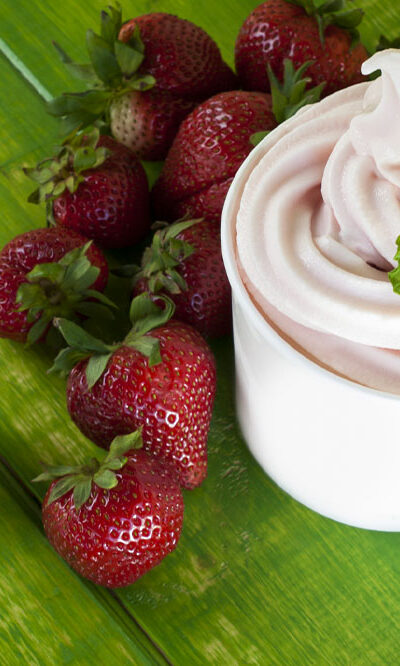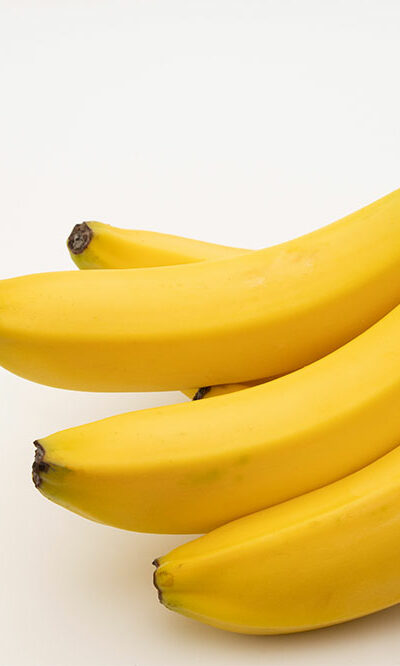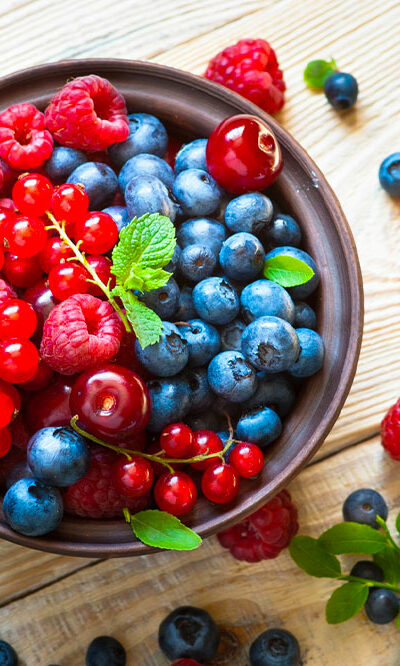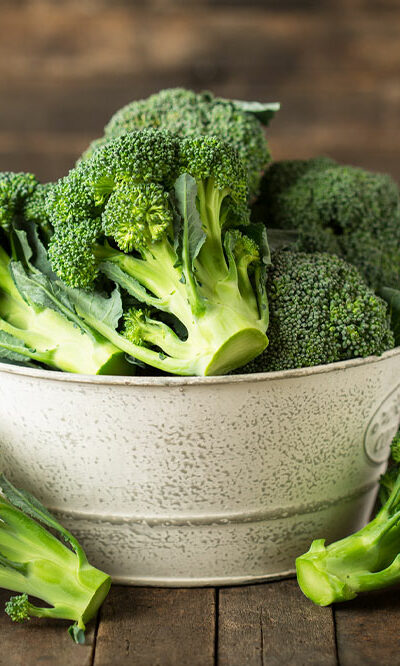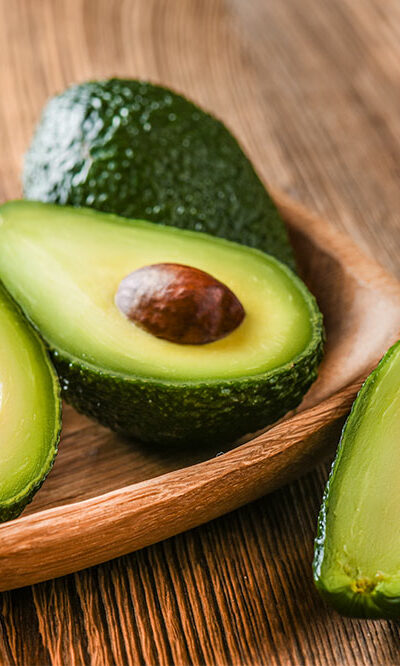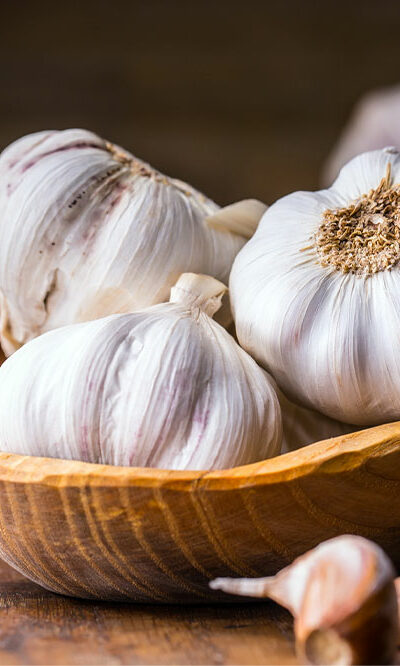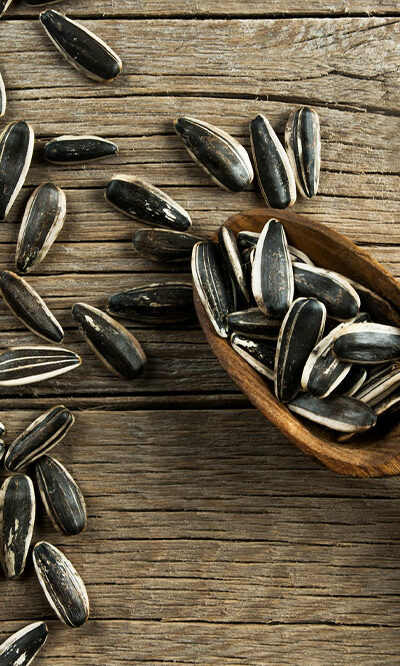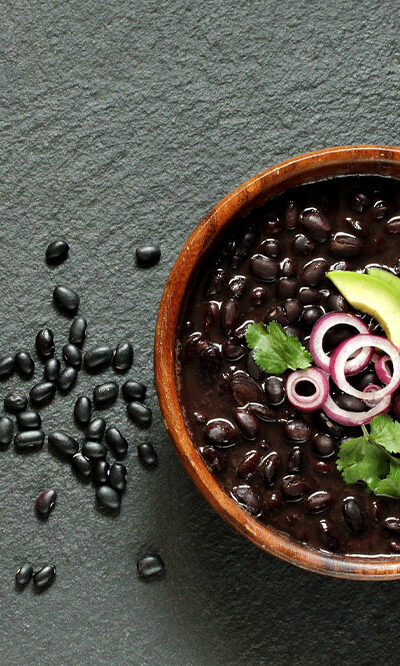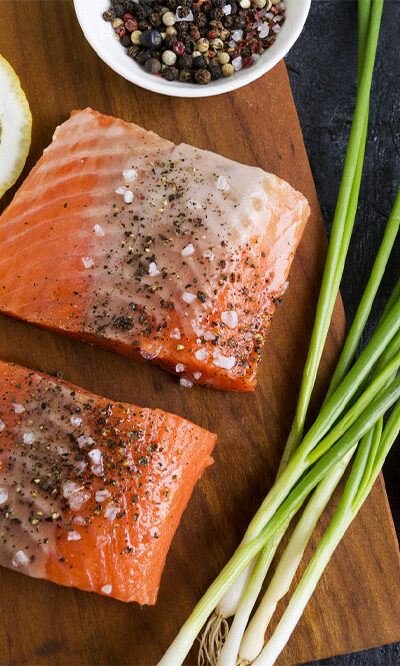
Top foods that boost skin health
Atopic dermatitis, commonly referred to as eczema, is a skin condition that triggers itching, inflammation, and rashes on the skin. The symptoms are chronic and quite erratic, meaning they can develop without warning. The rashes also increase the risk of skin infections, mainly due to exposed skin. Eczema can be managed with a few topical treatments, prescriptions, lifestyle changes, and even by including the following foods that boost overall skin health. Healthy fats Omega-3 fatty acids naturally prevent dry skin by providing moisture from within the body. These good fats also help lower skin inflammation and prevent acne flare-ups. Salmon, sardines, anchovies, mackerel, and herring are excellent choices loaded with zinc and omega 3s. Vegetarians can supplement this intake by including more avocados, soybeans, walnuts, chia seeds, and flax seeds. Fresh veggies Spinach contains the highest concentration of folates and B vitamins that lower the risk of carcinoma and help repair skin DNA. Kale is a superfood when it comes to boosting anti-aging properties of the skin with vitamins A, C, E, and K. Broccoli and Brussels sprouts are some other vitamin C-rich veggies to include in daily foods. Popular non-green alternatives like carrots and pumpkin are also rich in vitamin A, beta carotene, and essential skin-repairing compounds. Fresh fruits Tomatoes (yes, it’s a fruit) are rich in lycopene and vitamin C. These compounds mainly protect the skin from UV damage and boost collagen strength to repair skin. Also, fruits like oranges, apples, strawberries, blueberries, bananas, and cherries are excellent low glycemic options. They don’t trigger spikes in blood sugar levels. Such spikes lead to increased inflammation and sebum production, which are the main causes of breakouts and acne. Red grapes, rich in resveratrol, can also help slow down the effects of aging and lower the risk of free radicals that cause cell damage.

